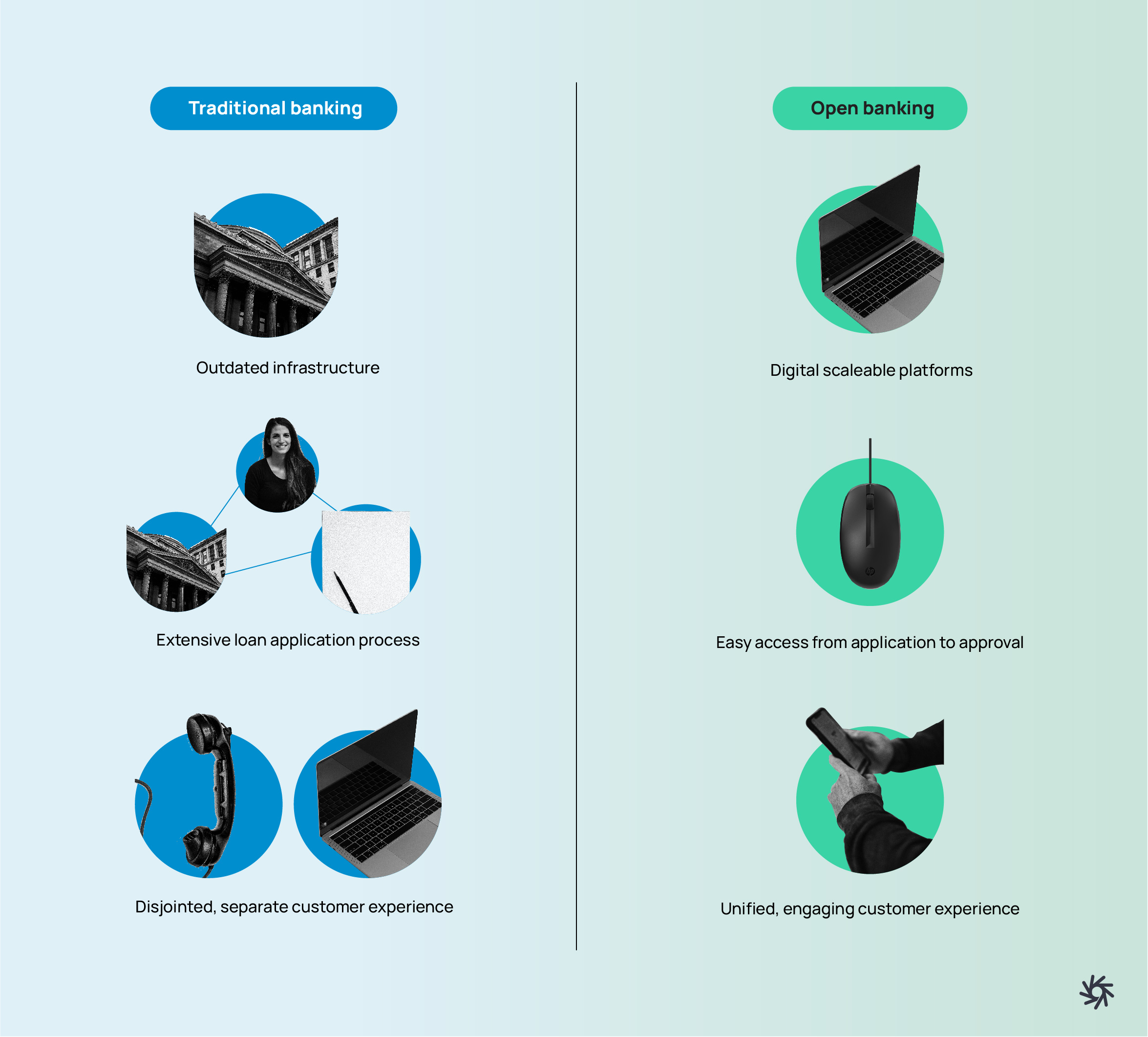Open data set to change the way we look at borrowing with Revenue Based financing

Revenue-based Financing (RBF) is about to change how we look at businesses’ capability to borrow money. From greater access to customers with alternative payment methods to more decisional data which in turn leads to better informed decisions and higher risk reward pay off - the way we see loans today is set to go through a significant and rapid change.
As it currently sits, businesses generally must stump up with one of two things when attempting to acquire a loan: cash and assets, or a willingness to part with company equity. For most new start-ups the luxury of cash and assets is usually far and few between, which only leaves one real option. And what start up believes they’re the next big thing wants to give away a portion of their company for a measly few dollars to get their business started?
Well, this is where it gets interesting. Forget the cash pre-requisite, or the change of hands of a significant portion of equity, there’s a different way to borrow which turns traditional lending on its head. With future revenue-based financing, companies only need proof of future revenue and the data to support that.
Simply, customers pay an agreed-on percentage of their income to service the loan. The loan can either use a standard interest rate system (usually between 6-20% pa) or an agreed factor of the original principal – say 5X the loan.
This concept opens the flood gates to a segment customers financial institutions wouldn’t normally dream of engaging with. Small businesses that might’ve struggled to prove they could handle a loan can now do so.
Take a small phone gaming company that has provided a free car racing game downloaded by hundreds of thousands of users. A cash injection would help unlock their ability to expand but they are yet to bring in significant revenue. However, with the implementation of a high retention subscription-based model that allows users to pay month-by-month for added in app benefits, there is proof of a constant base revenue. This is predicted to grow significantly with steady existing-customer subscription uptake in the three months since launch.
This guarantees initial loan servicing while alluding to higher repayments in the future. Lenders can also tap into customer growth, churn, and cost of acquisition to make a more thorough risk assessment. Decision making and projection can go to another level by accessing client CRM data to understand marketing engagement and trends, as well as a range of other business application data to paint a full picture of the true value of a customer.
While this may initially seem daunting, the open data revolution has changed the game when dealing with all sorts of convoluted data sets from different applications. An open data platforms like 9Spokes enables lenders to pull customers’ consented data into one standardized format, in one place, to make better decisions. But not only does this help the decision-making process, it allows for constant loan-model tweaking to reduce or increase risk/reward payoff.
Lenders with RBF in their arsenal can attract customers that before were impossible to engage with from a risk perspective. It gives a competitive advantage over their peers who are unable to make such an offering work, with potentially better return on investment than traditional financing, and lower risk than equity financing. This nimble and flexible financing option uses relevant data that gives lenders the information they need to make a sensible lending decision – and I can’t see why every man and his dog won’t be offering this service in the next few years.
Photo by Anthony Tyrrell on Unsplash

